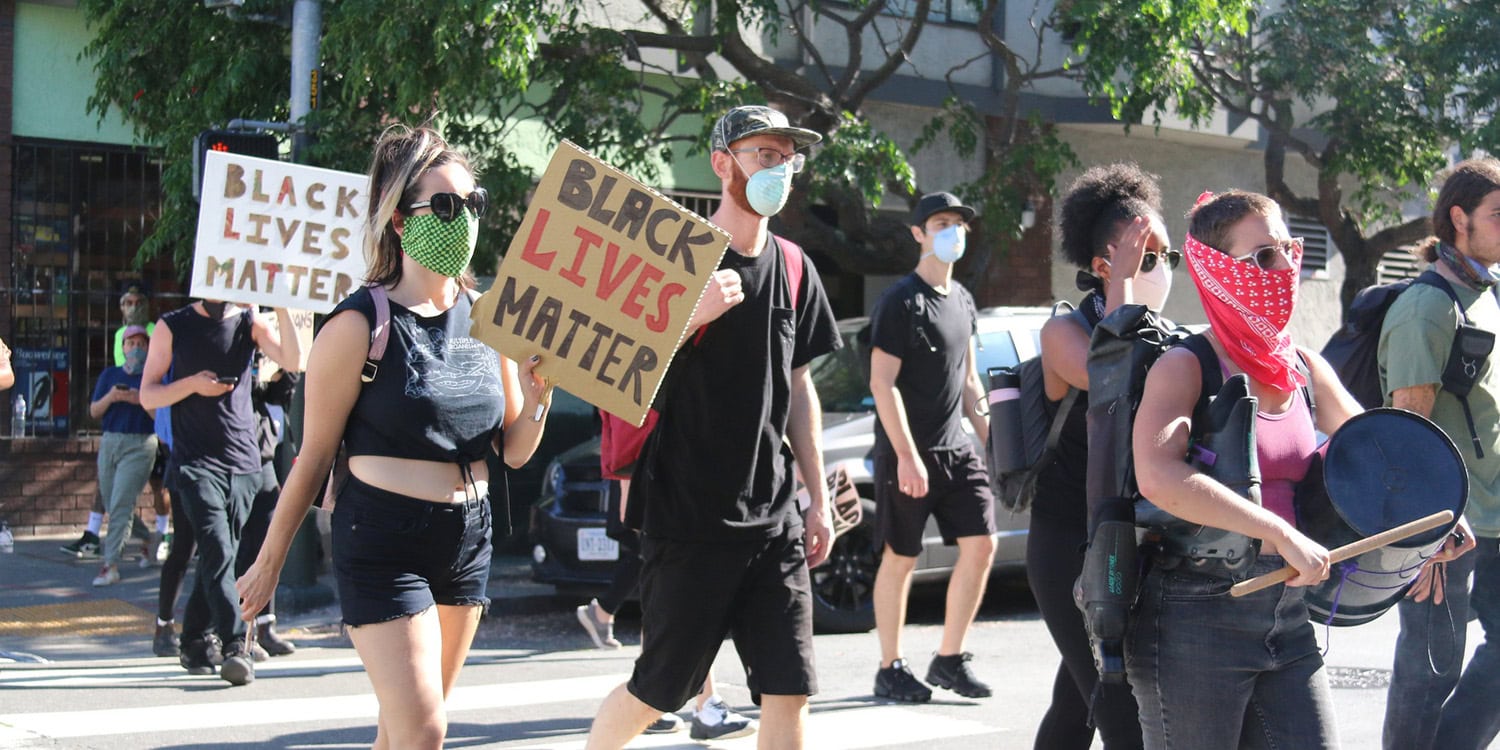A recent study published in Personality and Social Psychology Bulletin explored how the 2020 Black Lives Matter (BLM) protests impacted racial bias in the United States. Researchers found that implicit racial bias—bias that operates subconsciously—decreased rapidly following the protests. However, this drop was temporary, and the decrease did not persist over time. Interestingly, explicit bias, which refers to consciously held attitudes, did not show a similar reduction.
The death of George Floyd in May 2020 and the subsequent resurgence of the Black Lives Matter movement raised widespread public concern about systemic racism in the United States. The protests that followed were massive, receiving global attention and signaling a collective societal call to address racial inequality.
This raised an important question: Can protests change racial attitudes on a large scale? The study aimed to examine whether the 2020 BLM protests reduced both implicit (unconscious) and explicit (conscious) racial bias toward Black people. By using data from Project Implicit, an online platform that tracks changes in bias, the researchers hoped to provide insights into the potential of protests to shift social attitudes.
“In my research, I’m investigating how our social and cultural environment influences how we think about minorities. Considering the sheer size of the 2020 BLM protests and the dominance of the movement on traditional and social media, these protests constituted a big shift in how society talked about race. I wanted to know whether this shift also was associated with a shift in how people implicitly feel about Black people,” said study author Maximilian Primbs, a PhD candidate at the Behavioural Science Institute of Radboud University.
The researchers analyzed data from Project Implicit, which collects day-to-day measures of implicit and explicit racial bias. Participants in the study were 428,855 white Americans who completed the Implicit Association Test (IAT), a widely used measure of unconscious bias. The IAT involves associating faces of different races with either positive or negative words to detect the speed and accuracy of participants’ responses. Faster and more accurate associations between white faces and positive words, or Black faces and negative words, indicate a higher level of implicit racial bias.
The researchers tracked changes in racial bias during the year 2020 and compared the data from before and after the onset of the BLM protests. They also considered factors such as the number of protests in each state and the frequency of Google searches for “Black Lives Matter,” which they used as indicators of the public’s awareness and engagement with the movement. In addition to implicit bias, the study measured explicit bias through feeling thermometers, where participants rated how warm or cold they felt toward Black and white people.
The results of the study showed a notable but temporary decrease in implicit racial bias immediately after the onset of the BLM protests. This was a rapid change, indicating that large-scale societal movements can influence subconscious attitudes, at least in the short term. However, this reduction in implicit bias did not sustain over time, and bias levels gradually returned to pre-protest levels.
This contrasts with earlier research on the 2013–2016 BLM protests, which found more sustained reductions in racial bias, as well as research on other societal events, such as a Supreme Court decision on same-sex marriage, which also had a more lasting effect on bias.
“Originally, we expected that racial bias would decline faster over time after the onset of the protests compared to before,” Primbs told PsyPost. “Instead, we observed a massive and rapid drop in racial bias right after the onset of the protests, followed by a slow and steady increase in racial bias as attention to the protests faded.”
For explicit bias, the researchers did not observe any significant long-term changes after the protests. While there was a small visual drop in explicit bias scores shortly after the protests, the change was not statistically significant. This suggests that consciously held racial attitudes were not as easily influenced by the protests as implicit attitudes were.
The study also tested whether the decrease in racial bias was more pronounced in areas with more BLM protests or higher interest in the movement, as measured by Google searches. Interestingly, the number of protests and searches did not significantly impact the level of bias reduction. Additionally, political orientation played a role, with more liberal individuals showing a larger decrease in bias than more conservative individuals.
“The average person should take from our study that even large-scale protests highlighting racial inequalities alone are not sufficient to change how people feel about minorities – long-term change in racial bias requires long-term changes in our social and cultural environment, think changes in laws, customs, and cultural habits,” Primbs said.
While this study provides important insights, it also has some limitations to consider. One of the primary challenges is the potential for sample bias in Project Implicit data. The platform tends to attract younger, more liberal participants who may already have lower levels of implicit bias. This limits the generalizability of the results to the broader U.S. population.
Furthermore, the study’s reliance on cross-sectional data makes it difficult to draw strong causal conclusions. While the researchers observed changes in bias following the protests, they could not definitively rule out other factors that might have contributed to these shifts, such as changes in the demographic composition of the participants.
The study suggests that lasting changes in racial bias require more than short-lived movements or temporary interventions. Future work could explore how ongoing changes in policies, laws, and social norms can create more permanent shifts in attitudes.
“I want to build robust evidence for the claim that racial bias is determined by our social and cultural environment – that it reflects our past as well as our present,” Primbs said. “Racial bias reflects our social and cultural environment, how we grow up, who we surround ourselves with, and how groups are portrayed in the media. Sustainable changes in racial bias therefore require permanent changes in our social and cultural environment. This also explains why things like diversity trainings mostly do not work – you cannot expect one-hour trainings to undo years of associations. I want people to understand that and think of actual solutions to promote diversity and equality instead of window dressing-solutions like diversity training.”
The study, “The Effects of the 2020 BLM Protests on Racial Bias in the United States,” was authored by Maximilian A. Primbs, Rob W. Holland, Freek Oude Maatman, Tessa A. M. Lansu, Ruddy Faure, and Gijsbert Bijlstra.




